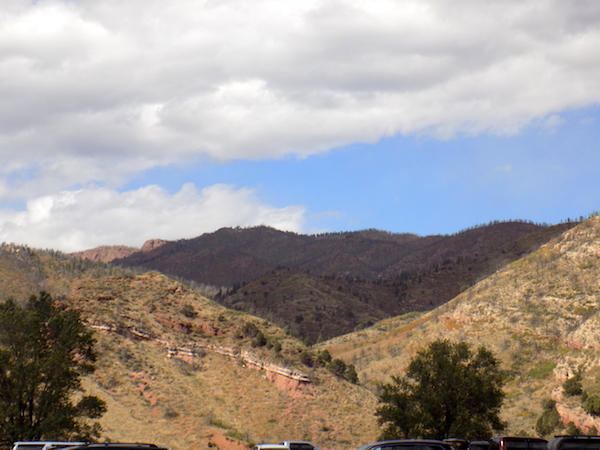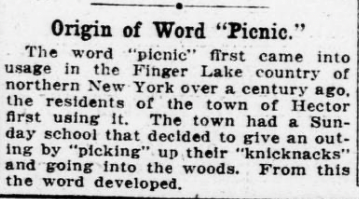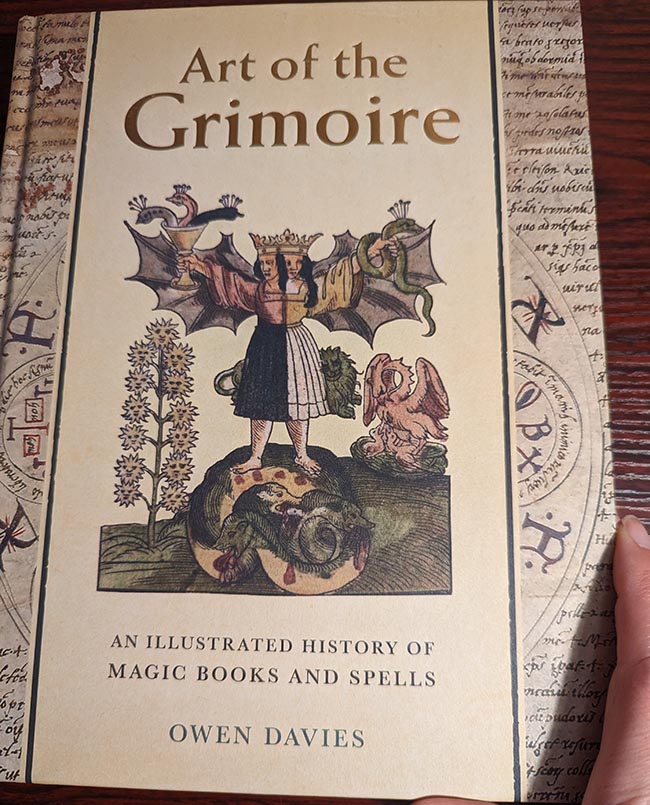
Considered one of the darkest moments in American industrial labor history, the Ludlow massacre was a war between coal miners and the rich and powerful. Dangerous working conditions and terrible pay, coal miners and their families were owned and ruled over by the Colorado Fuel & Iron Corporation, a Rockefeller company. The workers, helped along by the United Mine Workers Union, went on a strike that eventually led to the massacre that killed men, women, and children. [SOURCE 1]

Twelve Hour Days
To get a good idea of what the lives of the coal miners was like in Colorado in the early 1900s, you need to know how long they worked. First, there was no such thing as part time work in the coal mines. When you were hired to work the mines, you could expect to work twelve hour days for at least six days a week. Some miners worked twelve hour shifts seven days a week with no time off. At that time, there was no such thing as overtime pay or paid vacations. You either worked or you and your family went homeless and starved. [SOURCE 2]
Not Paid By The Hour
While you may be trying to calculate the pay you would receive if you worked twelve hour days for six to seven days a week, you need to know that these miners were not given an hourly pay. Instead, they were paid by the tonnage, as defined by the mine owner. Each miner at the Rockefeller Colorado mines received a mere 80 cents for every 2,400 pounds of coal they produced. Any other work the miners did was not paid for.
This kept the bulk of the money earned from coal sales in the pockets of the owners and managers of the mines. [SOURCES 2, 3]
High Death Rates Among Miners
The Colorado coal mines were the most dangerous mines in the United States. Their fatality rate was almost double what it was for the entire nation at that time. In 1912, the death rate in the Colorado mines was about seven deaths per 1,000 workers.
The reasons for such a high death rate are many. First, the mountains over the mines were cracked and extremely unstable. The land was harsh and unforgiving. Second, the miners were not paid to make the mines safer. In fact, any safety work done inside of the mines, such as fixing unstable roofs, was referred to as “dead work” because the miners were not paid for it. [SOURCES 2, 3]
The Miners Strike
While long hours, terrible pay, and safety issues all led up to the miners’ strike, there was also the problem with miners and their families being owned by the company. They lived in company shacks, shopped in company stores, and were often settled in areas that were far from the prying eyes of law enforcement, newspaper reporters, and the unions. The people were isolated and the mine superintendent ruled over them like a little dictator.
It is little wonder that the miners were fed up. They were trapped in a vicious cycle of work and pay, never being able to save up enough to escape the hard labor or the company owned towns. [SOURCE 3]
Sent To Tent
As soon as the miners went on strike, the company went into action to try and break the men and their families. The miners, their wives and children were immediately evicted from their shacks. The United Mine Workers Union helped the miners set up a tent colony nearby.
While the striking miners picketed the mine, Rockefeller bought gunmen to harass the miners and their families. These hired criminals would shoot rifles and Gatling guns at the tent colony. They would raid the tents and beat up the strikers.
The death toll among the striking miners climbed, but they would not give up the strike until their basic human rights demands were met. [SOURCE 1]
The Troops Come In
The strikers wanted a mere ten percent pay raise and eight hour work days. They also requested the right to live outside of the company owned towns and to purchase items at stores not owned by the company.
Rockefeller’s Colorado Fuel & Iron Company refused these basic demands and eventually brought in the Colorado National Guard. When the state troops arrived, the miners hoped that they were there to help them, but they were so wrong.
Rockefeller paid the Guards’ wages and encouraged the Guards to continue harassing the strikers. Tensions were high and it wasn’t long until the whole situation exploded into bloodshed. [SOURCE 4]
April 20, 1914
Gunfire rang out. No one knew where it came from, but everyone reacted to it. The militia and the National Guard began shooting at the tent colony. Terrified miners grabbed their guns and ran for the hills. Women and children desperately tried to stay out of the gunfire.
The gun battle raged all day long. By evening, groups of women and children managed to escape the tent colony. Thirteen people were shot and killed as they ran from the camp. The National Guard set fires to the tents and the tent colony began to burn.
The next day, the miners looked down on the black remains of the camp. Twenty people were among the dead, including the bodies of two women and eleven children that were found inside a pit that was dug up under a tent for protection from the gunfire. [SOURCES 4, 5]
A Nation In Anger
As soon as news of the massacre hit the newspapers, there was a public outcry. People hit the streets to protest in major cities across the United States. Violence erupted in Colorado as men took up arms to go help the remaining miners who were hiding in the hills.
Big business had overstepped its boundaries and people were angry. By April 28, President Woodrow Wilson had to send in troops to put an end to the fighting.
Over 400 strikers were arrested and charged with crimes, including murder. No charges were brought against the militia, guards, or managers who murdered a total of 66 men, women, and children during the strike. The country became even more angry over yet another injustice and eventually the charges were dropped. [SOURCE 5]
Denial Of The Massacre
After the massacre, the Rockefeller family and their wealthy corporate enablers went into active spin control. Giving speeches in all the major east coast cities, they denied that there ever was a massacre and even went as far as to claim that only one child was killed. The child, named Snyder, was supposedly shot in the head by a bullet that came from the tent colony and had absolutely nothing to do with the Rockefeller militia.
It was too late for the damage control. Nobody was willing to believe that the massacre never occurred or that it was anyone else’s fault other than the greedy mine owners and managers. [SOURCE 6]
The Changes
After the slaughter of the mining families, it took another generation for the old Wild West mining towns to begin to fade away. Stricter labor laws started hitting the books and there was a sincere effort to enforce these new laws and to maintain peace between workers and management.
Mine owners began paying more attention to what was happening in their own mines. John D. Rockefeller, Jr., in an effort to repair his ruined reputation, started a company union for the workers. Small changes were made. It wasn’t perfect and the miners still had no say in management issues, but the seeds of change had already been planted and all it took was the slaughter of innocent children and an angry nation. [SOURCES 4, 2]
Sources:
1. http://zinnedproject.org/materials/ludlow-massacre/
2. http://www.cpr.org/news/story/remembering-ludlow-massacre-100-years-later
4. http://www.newyorker.com/business/currency/the-ludlow-massacre-still-matters


